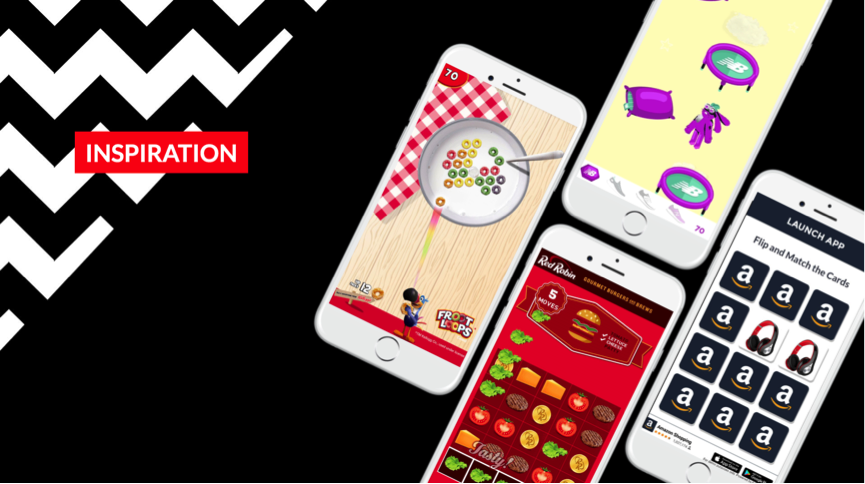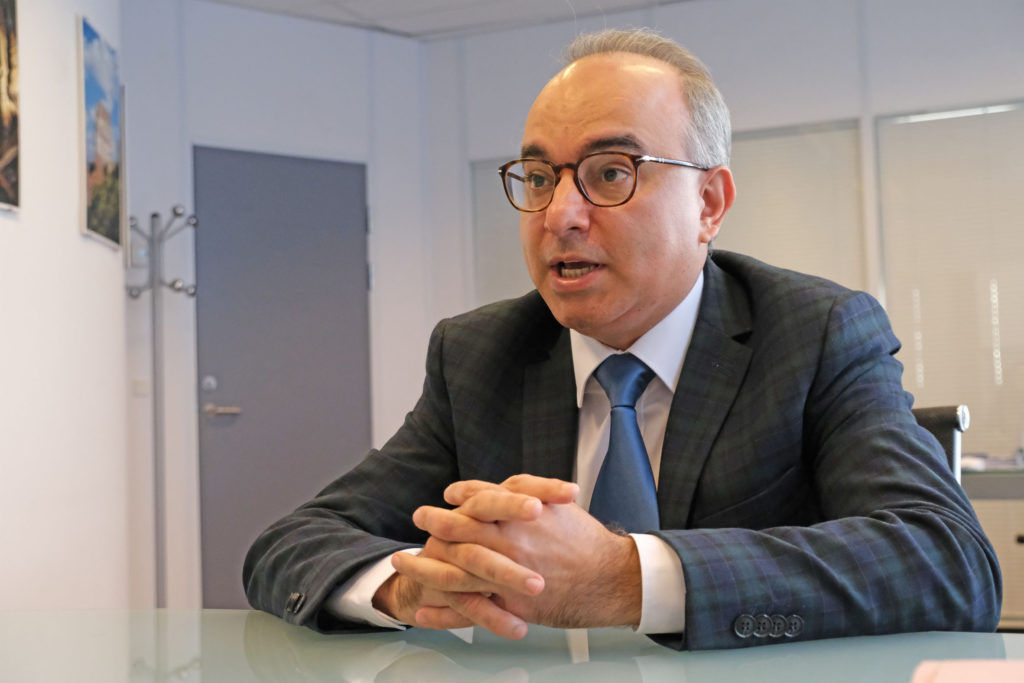A recent study showed that the top charities in the US are focusing on visual content as a way of engaging with supporters. 97% of charities named on the 2013 Philanthropy 400 list revealed they were using video content to inspire donors, as well as visual content on social media sites Pinterest and Instagram. It’s not just in the US this is happening though. Charities all over the world are changing their methods by using the power of visual content and storytelling to get their message across.
Times are changing
Whilst engaging with supporters has always been high on charities list, the type of content they are creating to distribute their message is changing. Whereas in the past there was a focus on direct mail and other traditional media forms, today we are seeing an increasing number of charities using video and other data- driven visual communications to drum up support.
“NGOs need to move away from a predominantly broadcast model to a more dialogical model that encourages two-way communication” said Director Mark Galloway in a recent report by International Broadcasting Trust.
One way charities can encourage two-way communication is via social media. Platforms like Facebook and Twitter provide the perfect place for charities to engage and communicate with supporters.
2014’s SONI report found that social media use by charities continued to grow with 96% of organisations using it to communicate with their supporters, up from 80% the previous year. Whilst Facebook is used by 88% of charities and Twitter, 85%, an increasing number of organisations are now utilising YouTube (almost half) and other visual platforms too.
One platform that is becoming particularly popular with charities is Instagram. Now known as the social media platform with the highest engagement rate, Instagram is the perfect place for charities to utilise the art of storytelling through photography. This is particularly beneficial for charities working in areas like international development, environmental sustainability and humanitarian aid, where they can actually share their progress visually with their social media audience.
WaterAid is one of the organisations that have cottoned onto the trend of visual social media very early. They currently use their Instagram page to tell the story of their work and show people how they are providing access to safe water, hygiene and sanitation all over the world. By sharing regular visual updates, WaterAid shows its supporters the projects they’re working on, some of the challenges they face and what donations have funded. It has numerous benefits in terms of engagement and comes at no cost to the organisation.
Why are charities using visual content?
Research by MDG Advertising found that content featuring compelling images averages 94% more total views that those without. Images and video are powerful types of content that engage with audiences on a deeper and more personal level.
Visual content is much easier for people to consume than written content. It plays to our short attention spans and is easier for our brains to process and remember. Therefore, if a charity wants their campaign to be remembered, it makes sense for them to take a visual approach.
A final benefit of visual content is that it’s highly shareable. Send out a picture, infographic, video or any other type of visual communication on Facebook, Twitter, Instagram or Pinterest and you stand a good chance of it generating social signals (likes etc.) and shares (re-tweets, repins).
On a serious note, infographics are a very powerful medium to raise awareness of topically and socially sensitive subjects and explain things in ways that become meaningful, give context, are clear and are emotionally engaging. When designed with a call to action in mind, they can support any campaign through social sharing and supporting and news reports. Only recently we were involved in creating an infographic to raise awareness of the rise of FGM in the UK, something that the London Evening Standard have been covering for some time and have been campaigning to both the public and the Government to take action on.
Because of the relentless campaigning and bringing matters like these to the attention of both the public and the Government, sweeping reforms have been introduced where the Courts will be able to use new FGM protection orders to confiscate the passports of girls at risk of FGM , to stop them from being taken abroad , to carry out the procedure given that the practice is illegal in the UK.
Harnessing the power of visual content
Many charities have already experienced much success after harnessing the power of visual content and storytelling. In 2013, our client Greenpeace’s #IceClimb campaign generated more than 60,000 visitors to their support page. The stunt involved six activists scaling The Shard to protest against Shell’s plans to drill for oil in the Arctic.
Greenpeace shared the story of the six female climbers on its social media pages, using visuals and live streams captured from the cameras mounted on their helmets. The campaign was one of their most successful to date, with a poll by YouGov showing that 53% of adults had heard about the campaign in less than 24 hours.
A lot of this can be put down to the sharing of visual communications and storytelling on social media. The images were iconic, the live stream providing captivating video content and the storytelling made it human, so people really cared about the women doing the climb.
On a more recent campaign for Greenpeace, team VISU.AL created an infographic to highlight the plight of the UK fishing quota system and the lack of corrective action being taken by MP’s and the Government, calling for people to sign up and pledge their support, in order to make the Government take action.
View full infographicThis was followed up with another infographic highlighting Greenpeace’s boat tour of 25 English and Welsh coastal towns, securing pledges from over 120 MP’s and candidates to help regenerate fishing communities.
View full infographicTo quote Greenpeace UK- “Infographics communicate often complex, technical campaign information in an accessible, visually appealing way. This not only deepens supporter engagement, but amplifies the reach of our message – ensuring campaign objectives are met as quickly as possible. Infographics are also a great social media asset as they can be broken down into smaller chunks of information, taking our supporters on a journey and increasing click-through rates to our website.”
A very engaging interactive infographic highlights the scale of Dementia in the UK and can be seen on the Alzheimer’s Society website. Interactive infographics are very powerful. They can condense a lot of data in a small space, which are meaningful and insightful. It also enables the viewer to engage with the data and in this example highlights how people are living with dementia, what support they are receiving and what barriers they face to living well. So much information is relayed and takes the viewer on emotive journey.
Another successful campaign based on visual content and storytelling was #MontyThePenguin. This million-pound social media marketing campaign was set up in accordance with John Lewis’ 2014 Christmas Advert and aimed to assist the WWF campaign to protect the Adélie penguins in Antarctica. The company created a whole host of visual content from videos to eBooks and even a 360 degree computer game in order to engage with supporters.
Charities crowdsourcing visual content
Last year we also saw a significant rise in the number of charities crowdsourcing visual content from their supporters. Many charities began using their own supporters to record short videos or photographs around a theme and share them on social media. Great examples of this include the ALS ice bucket challenge, which is thought to have raised around $98.2 million between 29th July and 28th August.
Similarly, the #nomakeupselfie campaign, which raised £8million for Cancer Research UK was also based on user generated content. Funnily enough, Cancer Research UK did not actually start the campaign themselves but quickly cottoned onto it by listening on social media.
It is thought that #nomakeupselfie actually started as a result of the negative comments directed towards Kim Novak at the Oscars, however it quickly turned into an opportunity to raise money for charity, with a number of A-listers including Cheryl Cole and Cara Delevingne joining in and showing their support. The simple act of women sharing a ‘selfie’ sans makeup raised enough money for Cancer Research UK to carry out 10 clinical trials, which wouldn’t have otherwise been possible.
In light of these events, the Institute of Fundraising has said that combining popular trends with fundraising is a great way to reach young and untapped audiences. Since younger people are the ones with the most disposal income to give to charities, it makes sense that charities utilise the media they enjoy (visuals and storytelling) and the platforms they use (Facebook, Twitter, Instagram etc.) to make powerful connections that result in increased engagement and on-going support.
How we can help
VISU.AL specialise in information design and visual communications, assisting charities with their content management by providing professional quality visual content, which they can use for storytelling across a number of different media channels. From infographics and data visualisation, to motion graphic explainer videos, we’ve got you covered. Get in touch to find out how our visual communications can benefit your organisation.








